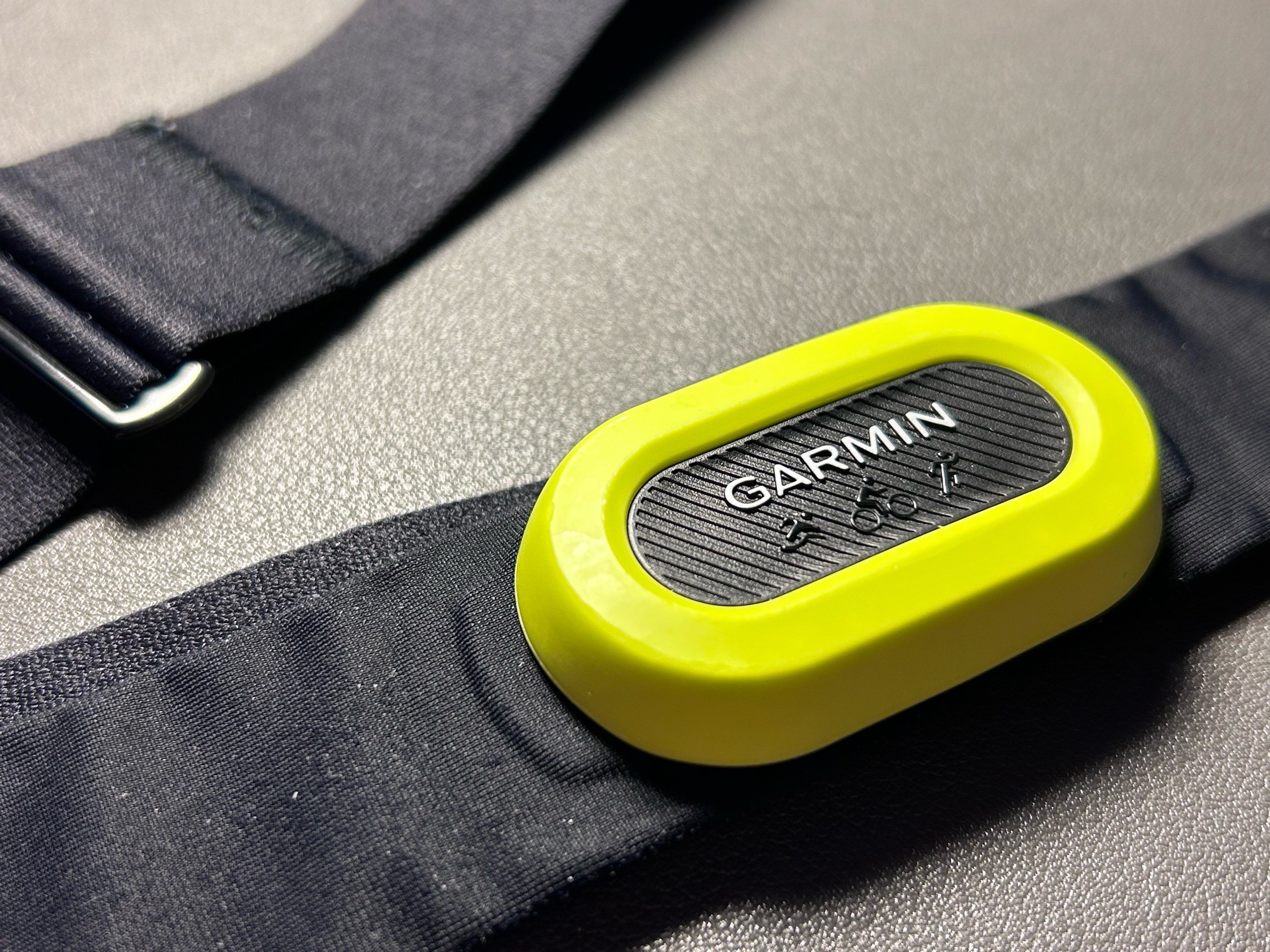Essay: On the Heart Rate Monitoring
(2023) It started with an anomalous reading on the Garmin computer. My heart rate was kick drumming away despite having only ridden half-a-mile that was all downhill. Days later everything would make sense, and it all became clearer on account of my frequent checking of heart rate. The heart rate monitor (HRM), first sold in 1983, is an indispensable part of sporting life. Folded into the technology vacant cycling scene in the early 90s, the heart rate monitor can be seen under the kit of every road cyclist.
This isn’t so much an essay discussing the importance of HRM usage for sport. There are plenty of peer-reviewed papers out there for that. This is more along of an analysis as the northern hemisphere is on the eve of the first day of winter, or the unofficial start to illness season. I have relied on two HRMs to provide advanced warning of immune distress.
The first HRM checked is within moments of reluctantly rolling out of bed. Having fallen in love with a Sleep Number bed from a cabin in the Adirondacks, one was purchased. Initially bought for its comfort and customization, the bed’s accompanying Sleep Number app became a morning routine. While the numbers tend to vary, the three metrics within the app include: heart rate, heart rate variability, and breaths per minute. Heart rate variability is the sleep quality score. For Sleep Number, a value of 170 is highest. The highest HRV score achieved in the last thirty days has been 152, though it’s usually below 100.
There are distinct differences amongst information of nights with a workout, without a workout, with a hard workout, with alcohol, late nights, and disruptive sleep. Nights where a workout happened after 5pm tend to reflect a higher HRV, so long as no alcohol is consumed afterwards. A hard midday ride followed by pints with the staff negates the possible higher HRV. Coffee consumed too late in the day reflects disruptive sleep as the app records when I first lay in bed and when I actually fell asleep (a metric that is almost never correct). Meanwhile, alcohol registers a higher heart rate and breath rate as would be expected. It’s no surprise to open the app on Saturday morning and see unwelcome numbers. But it’s when the heart rate is exceedingly high for no reason that attention is captured.
The second HRM used is the Garmin HRM-Pro. It was two summers ago when that high heart rate grabbed my attention. The numbers were never as high in an opening downhill kilometer as they were that day. Aware something was up, but essentially chalking it up to more coffee than usual, the ride was completed. The HRM average was the highest ever for a basic ride and beyond the point of being ignored. As it turned out, I tested positive for Covid the next day, and suddenly it all made sense.
One of the points made during the opening phase of the pandemic was to avoid stressing the heart. A chart was produced suggesting athletes avoid pushing past 150 beats per minute. Once again the Garmin HRM was leaned on to keep the outings honest. It was helpful to ride while having Covid, but there was fear of doing permanent damage. At the same time the Sleep Number bed app agreed. Some of the highest sleep heart rate metrics ever came from that week of Covid. Yet it was wondered just how much the HRM could predict future immune stresses before the physical effects set in.
Now people are planning to meet up for the holiday season. Whether it’s Covid, the flu, the common cold, or something else, illnesses will be swapped along with presents. It’s unavoidable. But one of the important tools cyclists can use during the off-season is the sport’s first piece of electronic technology that ushered in power meters, electronic shifting, and bike computers. It would be a bit odd to wear the Garmin strap during holiday parties, but don’t think it won’t cross our mind when one person sneezes in a poorly ventilated room. Dipping out with the excuse to sleep the night away to get a Sleep Number app metric might just be the excuse to prepare for any high heart rates during sick season.




